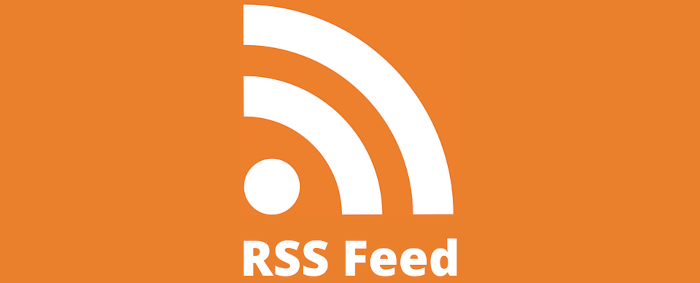Sources
Here’s a list of the sources available:
- 4chan – follow your favorite 4chan boards.
- GitHub – get notifications and activities from GitHub (you’ll need to have connected your GitHub account in the Settings section via a personal access token):
- Notifications: Get your own notifications.
- Repository Notifications: Get the notifications for a specific repository.
- Search Issues and Pull Requests: Get all issues and pull requests, which are matching the provided query.
- User Activities: Get the activities for a specific user.
- Repository Activities: Get the activities for a specific repository.
- Organization Activities (Public): Get the public activities for a specific organization.
- Google News – the Google News source can be used to get the latest news from Google News. You can provide the url of a Google News page or a search query.
- Lemmy – follow your favorite Lemmy communities.
- Mastodon – add an RSS feed for Mastodon.
- Medium – follow your favorite Medium authors, publications or tags.
- Pinterest – follow your favorite Pinterest users or boards.
- Podcast – follow your favorite Podcasts. You have to provide the RSS feed of the Podcast or the url for an Apple Podcast. There isn’t an easy way to find podcasts within FeedDeck which makes the process of adding podcasts a clunky process. We also ran into problems adding many podcasts. And annoyingly the podcast stops if you move focus away. FeedDeck is definitely not currently a replacement for a good podcast player.
- Reddit – follow your favorite subreddits or users.
- RSS – follow all your RSS feeds. You need to provide the url for the RSS feed, or the url of the website and the software tries to find a RSS feed. For example, you can find our feed by entering https://www.linuxlinks.com/feed/ or just https://www.linuxlinks.com
- StackOverflow – this source lets you follow your RSS feeds or tags from StackOverflow.
- Tumblr – follow all your RSS feeds.
- YouTube – follow and watch your YouTube channels.
Pages in this article:
Page 1 – Introduction and Installation
Page 2 – In Operation
Page 3 – Sources
Page 4 – Summary
